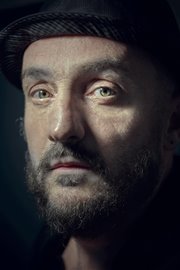For National Geographic
09 October, 2019
Workers inspect pipes at the Novo Nordisk insulin production facility in Kalundborg, Denmark. The factory produces half of the world's insulin in a process that generates tons of yeast slurry as a byproduct. The slurry is then used to make agricultural fertilisers and to produce biomass energy to power the Kalundborg Symbiosis industrial park, a partnership between nine companies in which residue from one becomes a resource at another.
For centuries, industrialized countries have followed a take-make-waste linear economy: raw materials are gathered and transformed into products that are sold and then discarded as waste. Value is created in this economic system by producing and selling as many products as possible. The model not only drains natural resources, but also—in the demands it makes in energy consumption and because of a reliance on fossil fuels—exacerbates global heating. A circular economy offers an alternative by decoupling economic activity from the consumption of finite resources. It is based on designing waste and pollution out of the system, keeping products and materials in use, and regenerating natural systems. Farmers, manufacturers and governments across the globe are taking steps to experiment with and implement a circular economy as part of their efforts to address the climate crisis.

Luca Locatelli
Luca Locatelli is an environmental photographer and film-maker focused on the relations between people, science-technology and the environment. Locatelli produces his stories ...